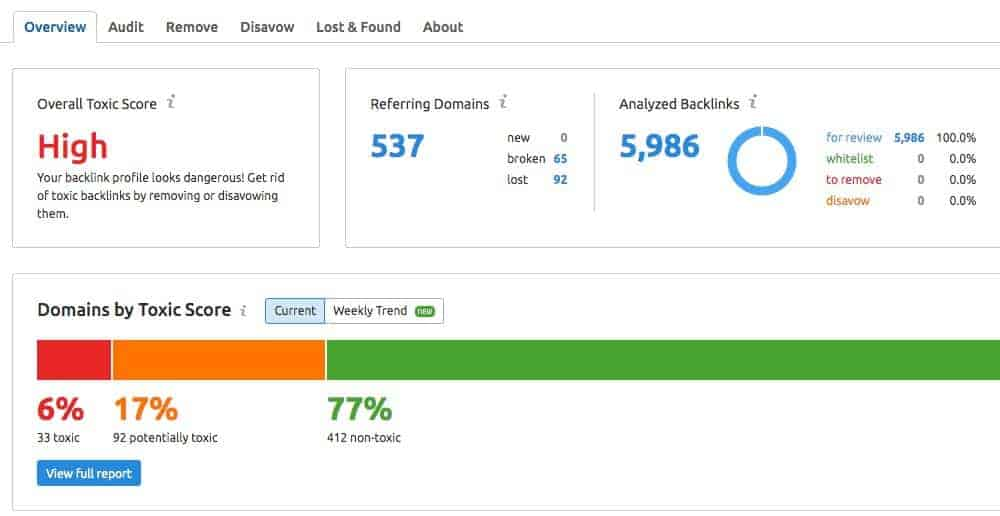If you have ever sat through a pitch from an SEO firm, you probably heard the same standard strategies:
- Create More Content
- Use Targeted Keywords
- Add Backlinks
- Optimize Your Onsite SEO
These elements are the cornerstone of a successful SEO strategy. But SEO is more than keywords and content. Your website must operate safely and efficiently before the search engines give you a noticeable boost. In other words, Google doesn’t want to send their coveted customers to websites with a poor user experience or, worse, a website that may expose the user’s information.
So when evaluating SEO providers, any effective strategy should address these elements:
Optimizing Your Website for Mobile – Google’s Core Web Vitals update in June emphasized mobile design and page download speeds in relation to SEO value. A website well-designed for mobile increases SEO value. More than 50% of traffic comes from mobile devices for most homebuilders. So, your website should be on a mobile-responsive platform. Do not start an SEO strategy until you have a mobile-responsive website.
Monitoring Page Performance – Even if you have a mobile-responsive website, you must monitor the individual pages. If the design of your website is challenging to navigate, users will abandon your website. The analytics and reporting for SEO are vast and intricate.
![]()
An SEO firm should examine, review, explain, and make adjustments to these elements regularly:
Reviewing and Upgrading Website Speeds – As mentioned earlier, Google’s Core Web Vitals update emphasized a website’s page download times in relation to SEO value. When considering an SEO strategy, make sure it includes steps to speed up your website:
- Optimizing Images for Fast Download Times
- Removing Captcha from Contact Forms (if warranted)
- Upgrading or Replacing Plugins
- Potentially Adding a Content Delivery Network
- Removing the Live Chat (if you aren’t using it)
Monitoring Website Security—This seems obvious. Security should be a priority for any website in this age of cyberattacks, phishing emails, and malware. But sometimes, websites don’t tend to minor issues that could damage security.
An SSL certificate is the first step in preparing your website for SEO. The SSL certificate encrypts information on your website so potential threats cannot read information transmitted between you and your potential customers.
Substandard website hosting can cause security issues and hurt your SEO value. Your website should be hosted on a private or dedicated server. Websites hosted on a shared server are more vulnerable to attack and affect your website’s SEO value.
Removing Toxic Links – According to SEO Watch, Google processes around 400,000 “unnatural link” monthly penalties. Toxic links are backlinks to your website from questionable sources. These links can be from spam websites, low-domain authority websites, or paid link-building networks. Identifying and removing toxic links is a simple process involving a monthly audit. This graph from SEMrush gives an example of a toxic link report:

If you are penalized by Google, they may dramatically drop the ranking of targeted keywords or unlist your website entirely from search. Fixing these issues after you’ve been penalized can take weeks to months to clear up.
Maintaining the Website—If you are familiar with Power Marketing’s blogs, you know we love to compare websites to cars. Websites, like cars, need ongoing maintenance. Otherwise, performance suffers or can even lead to a complete shutdown. So, your SEO team should review your website monthly or quarterly to check for broken links and outdated code.
When you go to a web page and get an error message, that is most likely a broken link. Broken links occur for multiple reasons. Some of the most common reasons are updates to the website having disconnected pages, an external link to a source no longer available, or a website page with a typo in the URL. Whatever the case, finding and fixing these issues is a simple process. More importantly, when Google crawls a website with broken links, it decreases the SEO value since Google doesn’t want to send users to pages that don’t work.
Website code refers to the commands developers write that create the website functions. So, code is the nerve center. Every year, techniques and criteria for building websites change dramatically. These changes help advance the website’s speed, design, and function. By updating old code, you make the website function more efficiently, and in return, you increase your SEO value. Updating code is probably best reviewed quarterly or annually. But a code review should be standard if you start an SEO program and have a website that is over two years old.
If you are searching online for help with SEO, remember that many companies do not handle essential SEO functions like improving web speeds, reviewing security, repairing broken links, and cleaning up outdated code. So, make sure an SEO strategy incorporates these elements.
If you would like a free toxic backlink scan and a free SEO & local SEO audit, contact Power Marketing.
